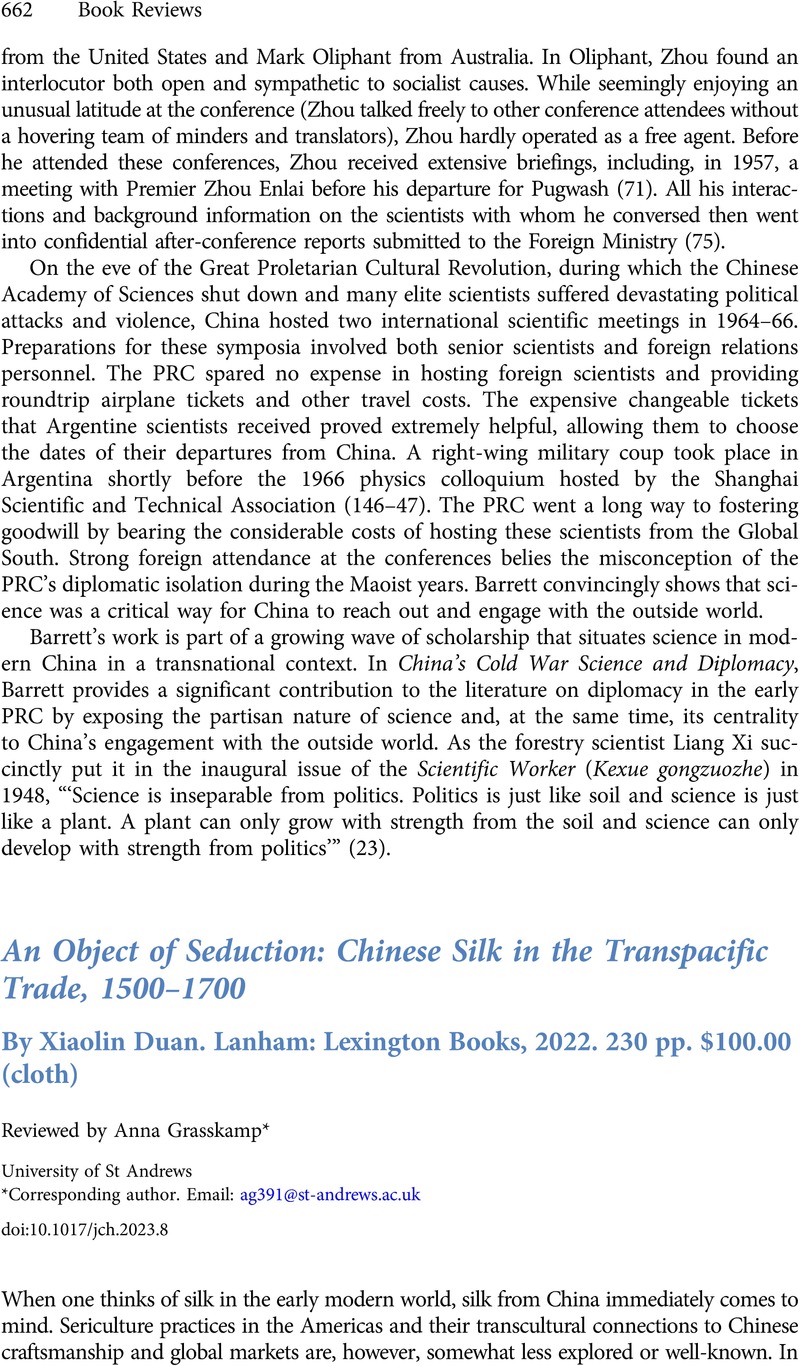No CrossRef data available.
Published online by Cambridge University Press: 23 February 2023

1 Hay, Jonathan, Sensuous Surfaces: The Decorative Object in Early Modern China (London: Reaktion, 2010)Google Scholar.
2 Priyadarshini, Meha, Chinese Porcelain in Colonial Mexico: The Material Worlds of an Early Modern Trade (London: Palgrave Macmillan, 2018), 171, 168CrossRefGoogle Scholar.